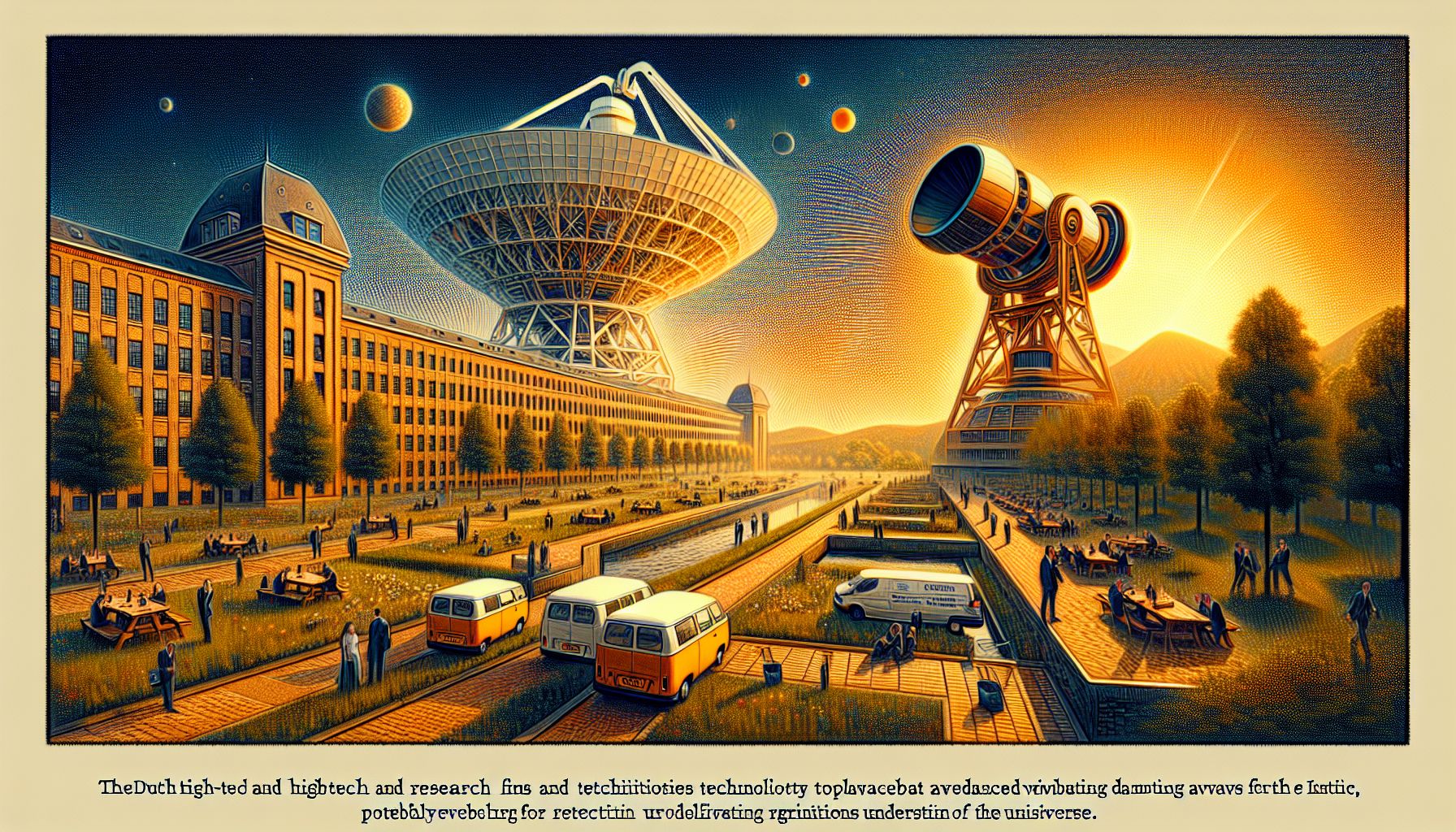Dutch Innovation Powers Einstein Telescope's Precision

Twente, Tuesday, 1 October 2024.
High-tech firms and research institutions in the Netherlands are developing advanced vibration damping technologies for the Einstein Telescope. This collaboration aims to enhance the observatory’s sensitivity, potentially revolutionizing our understanding of the universe by detecting gravitational waves with unprecedented precision.
Collaboration and Funding
The second call for the R&D program under the Einstein Telescope’s technological domains has led to the formation of two consortia, which are now working on developing the necessary vibration damping technologies. Both consortia have received subsidies of €1,375,000 each, funded by the National Growth Fund as part of the Einstein Telescope valorization program. This initiative is managed by LIOF, supported by various Dutch ministries, and aims to drive innovation and technology development[1].
Leading Consortia and Key Players
Lionite, based in Delft, leads one consortium, while Onnes Technologies from Leiden spearheads the other. These consortia include partners such as DEMCON B.V., Innoseis B.V., Nikhef, Quantified Air B.V., Somni Solutions B.V., VSL B.V., and TU Delft. Together, they are focusing on creating a highly sensitive suspension system that can detect deviations as small as one billionth of a meter and one billionth of a degree, crucial for the Einstein Telescope’s operations[1].
Technical Innovations and Benefits
The SENVIDET consortium is developing sensors capable of measuring minuscule deviations in the mirror suspensions, which are fundamental for reducing noise from ground movements and thermal vibrations. This technology allows the Einstein Telescope to achieve unparalleled sensitivity, essential for detecting gravitational waves. Lead engineer Jochem Klaassen from Lionite emphasized the project’s challenges, given that there is no stationary reference point on Earth quieter than the Einstein Telescope itself[1].
Applications Beyond Astronomy
The ICVI consortium is focusing on cooling measurement setups to cryogenic temperatures without introducing new vibration sources. This innovation is not only significant for the Einstein Telescope but also has potential applications in industries such as semiconductors and pharmaceuticals. CEO Max Kouwenhoven of Onnes Technologies highlighted that this approach could lead to advancements in fields requiring ultra-low vibration environments[1].
Future Prospects and Regional Impact
The Einstein Telescope is poised to be Europe’s most advanced gravitational wave observatory, with the potential to detect black hole collisions and provide insights into the early universe. The ideal location for the observatory is being explored in the border region of the Netherlands, Belgium, and Germany, with a final decision expected in 2026. The project’s success is expected to create numerous jobs and significantly contribute to scientific research and technological innovation[1].
Support from Dutch Government
The Dutch government, along with the Province of Limburg and the Dutch Research Council (NWO), has allocated €15.9 million to support the Einstein Telescope and establish the Einstein Academy. This initiative aims to train hundreds of professionals who will build and maintain the telescope, ensuring that the Netherlands has the necessary talent and expertise to host this groundbreaking project[2].

